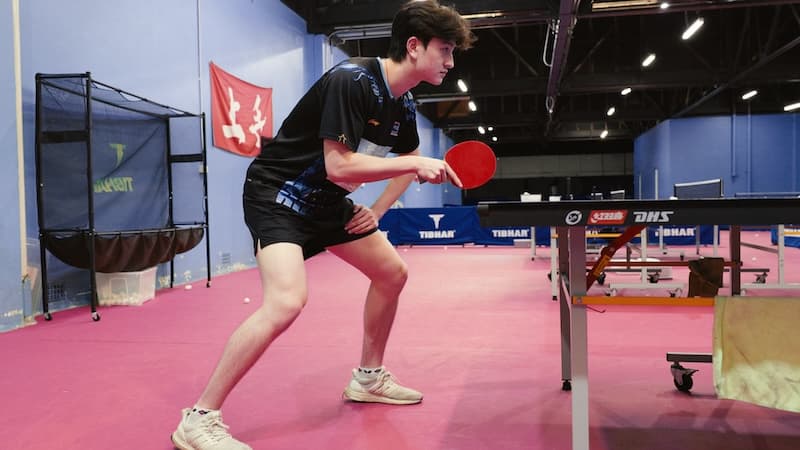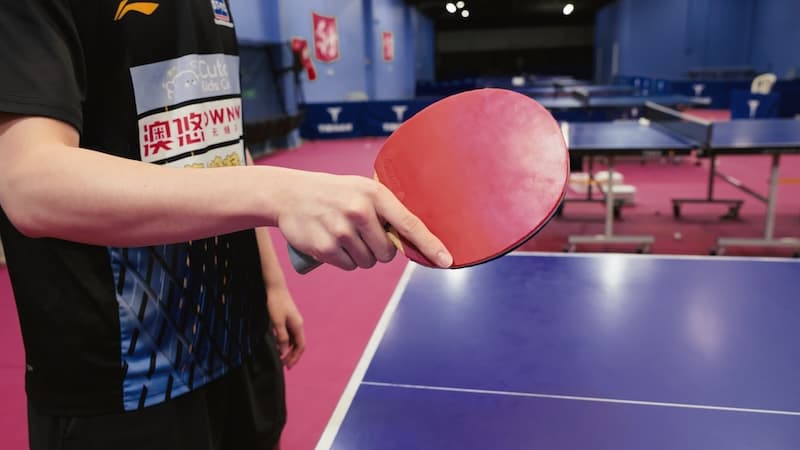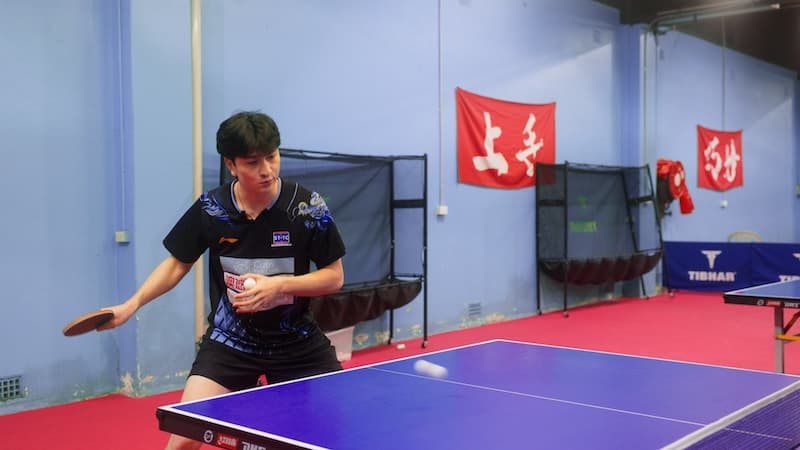Master the Table Tennis Forehand Drive: Speed, Spin & Consistency
The forehand drive is one of the most fundamental yet misunderstood shots in table tennis. You’ve probably heard advice like "just brush the ball" or "use your waist," but what does that really mean when you're mid-rally and missing your timing?
In this guide, we’ll break down the forehand drive in a way that speaks to the serious club player who’s hit a plateau.
You’ll learn how to build a technically sound drive that’s ready to evolve into a forehand loop — with fewer mistakes, more confidence, and better control.
Table of Contents
Why the Forehand Drive Matters
If you’re struggling to rally with topspin or your warm-up drives lack consistency, you’re not alone. The forehand drive is more than just a warm-up shot — it’s the foundation for:
- Transitioning to faster, more aggressive topspin attacks
- Building consistent footwork and rhythm
- Developing control over timing and contact point
Step-by-Step Forehand Drive Technique

1. Start with Your Stance
- Feet shoulder-width apart
- Slight knee bend and forward lean
- For right-handed players: left foot slightly forward (reverse if you’re a lefty)
- Stay on the balls of your feet — be ready to move
2. Grip the Bat Properly

- Use a shakehand grip
- Keep it firm but not tense — avoid squeezing too tight
- A relaxed wrist gives you control and feel
3. Prepare the Stroke
- Slight backswing by rotating your waist (not your arm!)
- Keep your elbow bent and racket in front of your body
- Don’t over-rotate — your body should stay balanced
4. Execute with Full-Body Coordination

- Rotate your waist forward as the ball approaches
- Shift weight from back foot to front foot
- Make contact at the peak of the bounce
- Bat angle slightly closed to generate topspin
- Follow through naturally, ending around shoulder or eye level
5. Finish with Purpose
- Let your arm extend forward — not across your body
- Follow through helps control pace and direction
- Don’t stop short — let the motion complete naturally
Common Mistakes to Avoid
These are the most common errors we see in match reviews — and they’re holding back your forehand.
-
Using only your arm
❌ You’ll lose power and consistency
✅ Fix: Engage your legs and rotate your core -
Poor timing
❌ Hitting too early or too late ruins rhythm
✅ Fix: Contact the ball at the top of its bounce -
Stiff wrist
❌ This leads to choppy, robotic strokes
✅ Fix: Maintain a relaxed grip and allow natural wrist movement
Want a coach to spot your specific mistakes?
Upload your match for a personalized video review.
Training Drills to Lock It In
Partner Drill: Controlled Crosscourt Drives
- Your partner blocks consistently to your forehand
- You drive crosscourt with rhythm
- Focus: smooth rotation, consistent follow-through
Solo Drill: Shadow Play or Robot
- No partner? Use a ball machine or mirror work
- Pick a target zone on the table
- Set a goal: “15 clean drives in a row”
- Track progress daily
If you want to dive deeper with structure and progression:
How to Transition Toward the Forehand Loop
Once you’re consistent with the drive, the loop becomes the next evolution:
- Add more knee bend and backswing
- Accelerate with more wrist and forearm whip
- Contact ball at a slightly lower point for extra arc
We cover that in full in our
Forehand Loop Technique Guide.
Struggling to Improve? We Can Help.
Get personalized coaching feedback on your gameplay — with clear drills and tips to fix what’s holding you back.
Send Your Clip →
“Alex is not just a skilled player but also a fantastic coach with years of experience competing at the highest international levels. His deep understanding of the game — from advanced strategy to fine-tuning technique — makes him an invaluable teacher.”
Final Thoughts: Build Consistency First
If you’re struggling with speed, placement, or rhythm — it’s usually not your loop. It’s your drive base that’s off.
Master this shot and you’ll:
- Warm up smarter
- Read spin better
- Transition faster into attacking play

